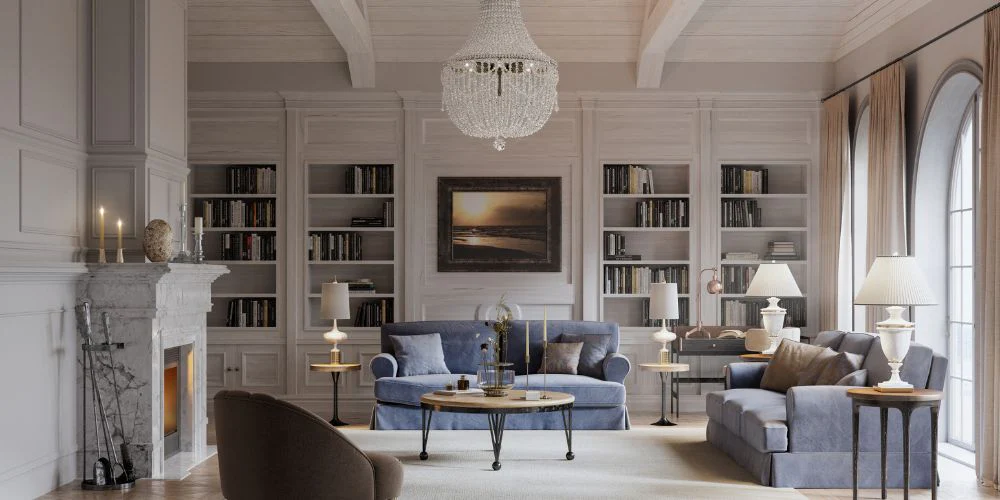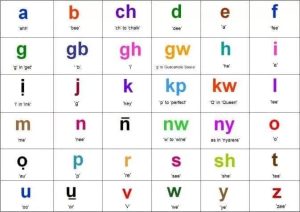Torus Skirting: Adding Depth to Wall Design

In modern interior design, the smallest details often have the greatest impact. One such detail, the skirting board, has evolved from a functional element to a key design feature. Among various styles, torus skirting has gained attention for its ability to add depth and sophistication to walls while maintaining subtle elegance.
Torus skirting, characterized by its rounded, convex profile, brings a smooth transition between walls and flooring. Unlike simple flat skirting boards, its curved design introduces a gentle flow that softens the edges of a room. This curvature not only enhances visual appeal but also helps in concealing minor imperfections where the wall meets the floor, creating a seamless finish. Its timeless design works well across multiple interior styles, from classic and traditional spaces to contemporary minimalistic settings.
One of the key advantages of torus skirting lies in its versatility. Available in a variety of materials such as MDF, wood, or polyurethane, it can be adapted to suit different textures and finishes within a room. Wooden torus skirting adds warmth and richness, complementing hardwood floors or classic décor, while painted MDF versions offer a smooth, uniform finish that blends effortlessly with modern interiors. This adaptability ensures that designers and homeowners can use torus skirting to achieve both functional and aesthetic goals without compromising on style.
Installation of torus skirting also contributes to its appeal. Its rounded edges make it easier to clean and maintain, preventing dust accumulation along the base of walls. Additionally, its profile allows for creative customization. Designers can choose to paint it in contrasting colors to highlight architectural features or in subtle shades to maintain a cohesive, understated look. This flexibility in design makes torus skirting a practical solution for both large open spaces and smaller, intimate rooms, enhancing the overall visual rhythm of the interior.
Another important aspect of torus skirting is its ability to create a sense of depth in a room. The gentle curve casts soft shadows along the wall-floor junction, adding a layer of dimensionality that flat skirting boards cannot achieve. This subtle play of light and shadow can transform plain walls into more visually engaging surfaces, giving rooms a refined and finished appearance without overwhelming the overall design scheme.
Incorporating torus skirting into interior design demonstrates attention to detail and a commitment to quality. It is a design element that combines elegance with practicality, offering both visual appeal and functional benefits. Whether in residential homes or commercial spaces, torus skirting elevates wall design by adding depth, softness, and a polished finish, making it a preferred choice for those looking to enhance the sophistication of their interiors.
In conclusion, torus skirting is more than just a boundary between wall and floor—it is an essential element that enriches the aesthetic experience of a room. Its rounded profile, adaptability, and ability to enhance depth make it a valuable addition to any interior design project, reflecting a careful balance of style and function.








